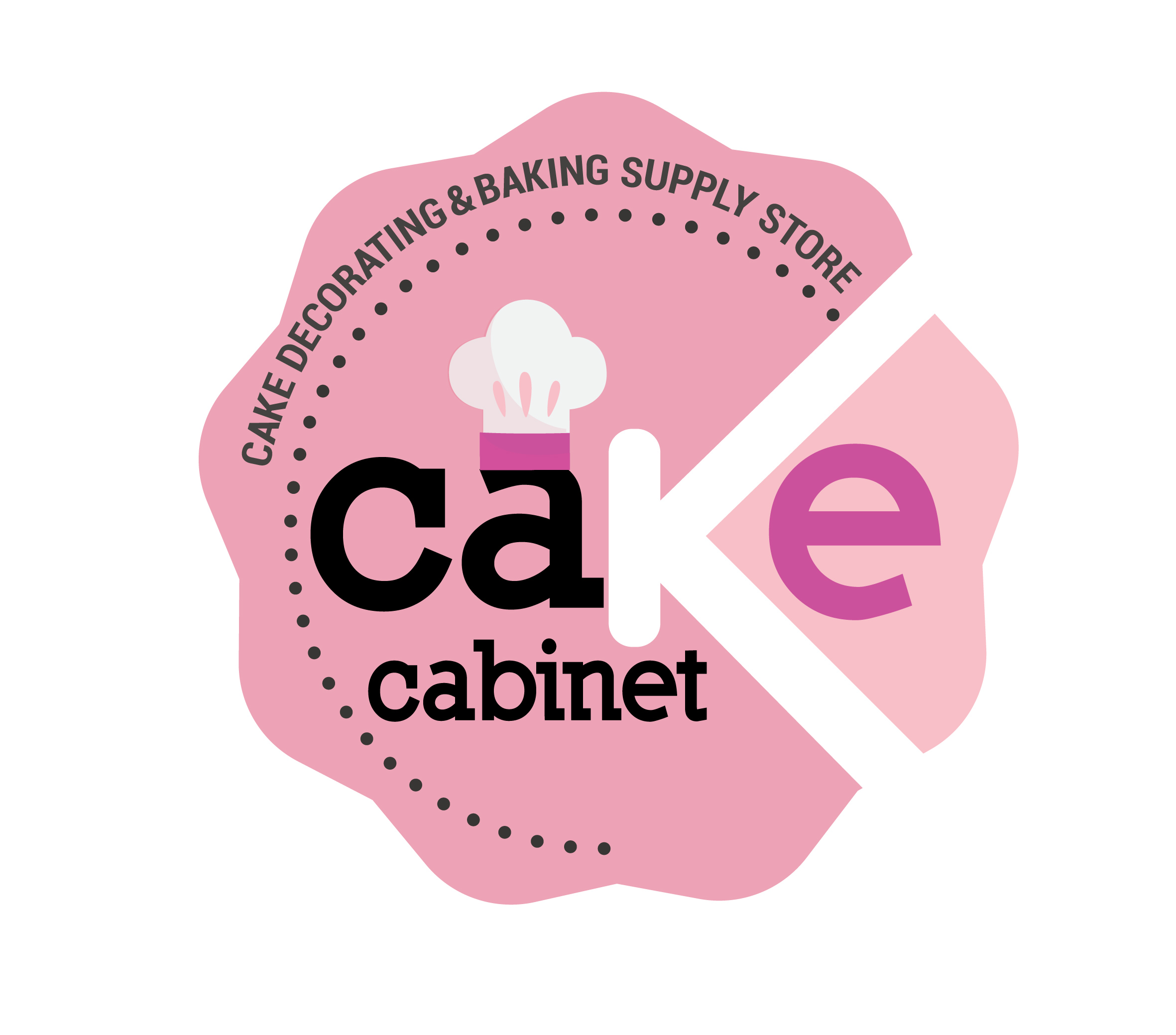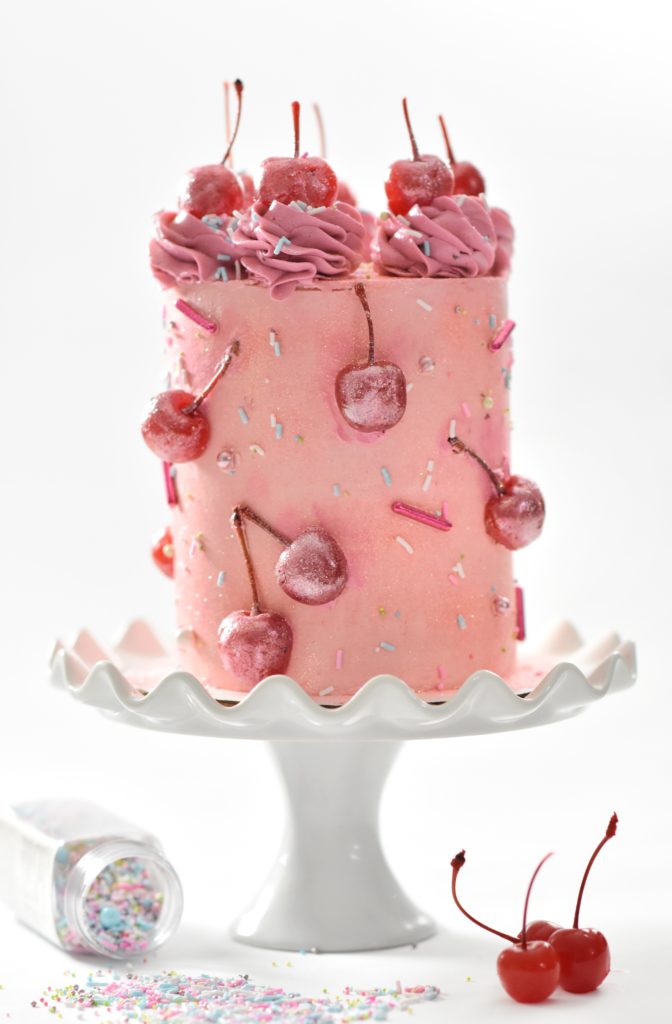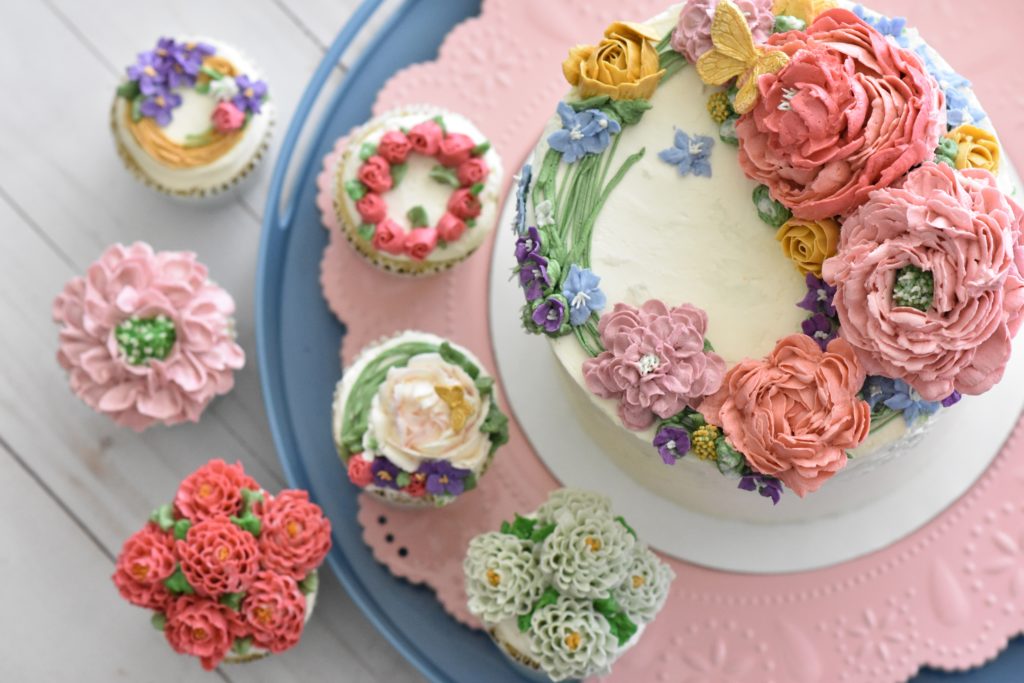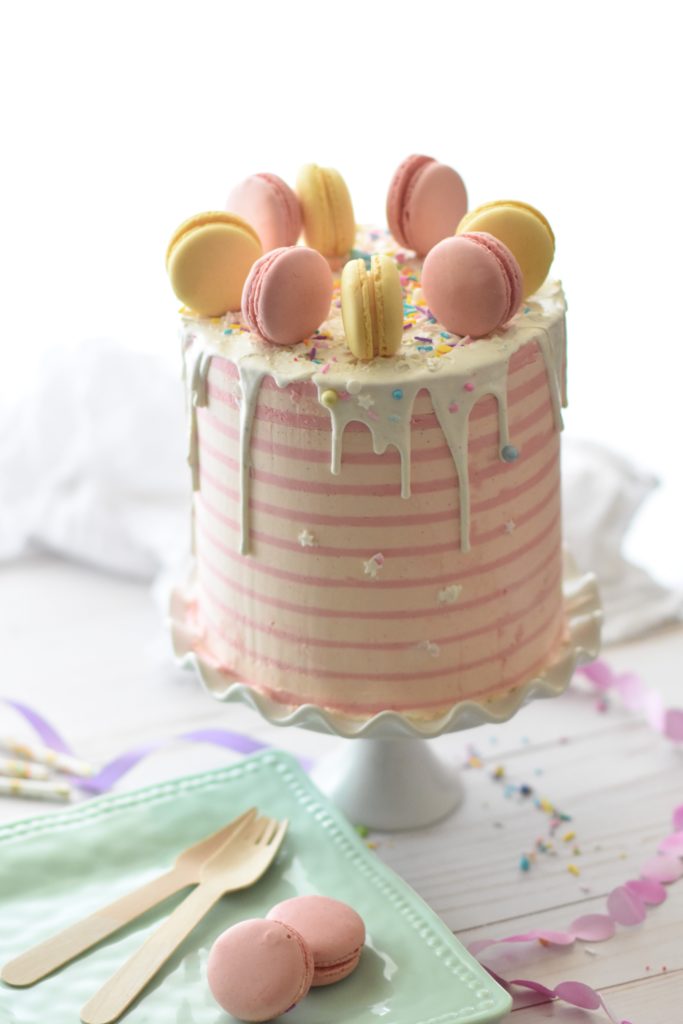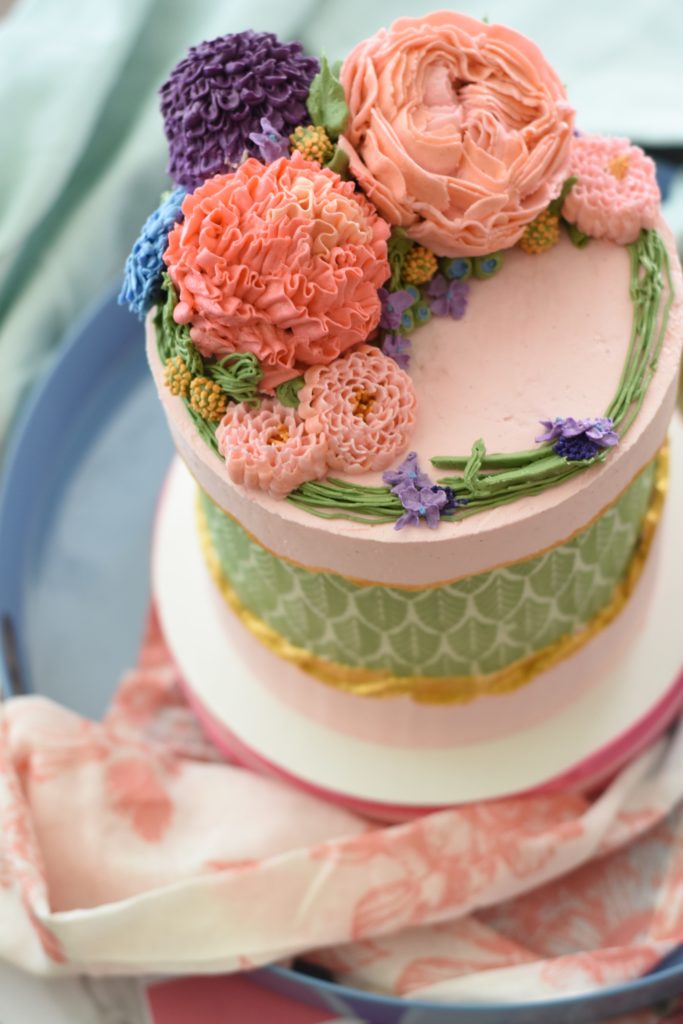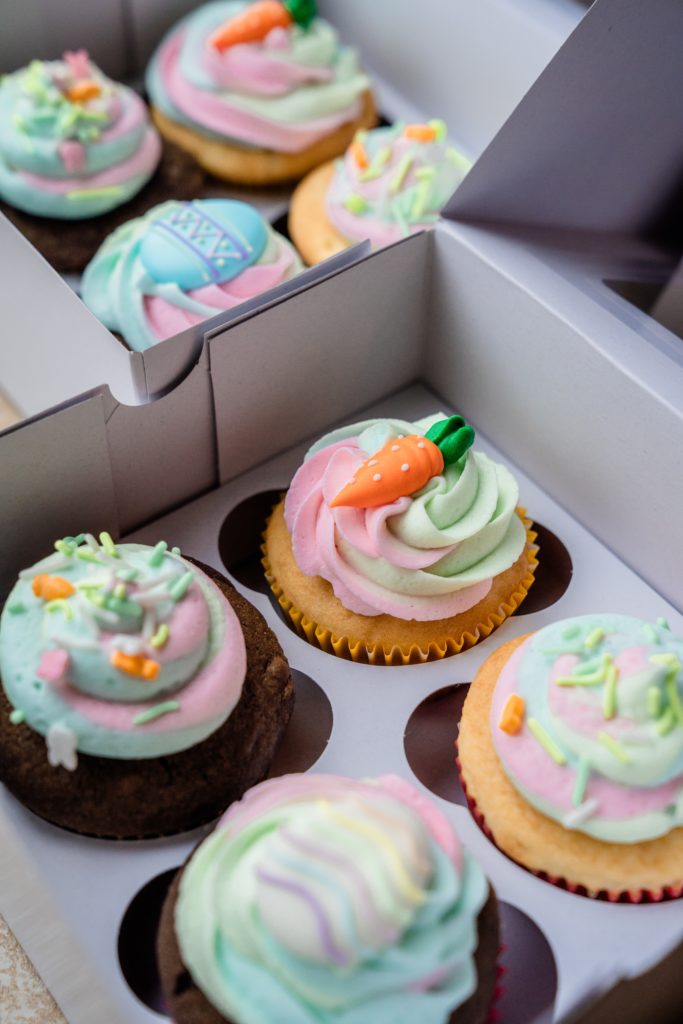Italian Meringue Buttercream
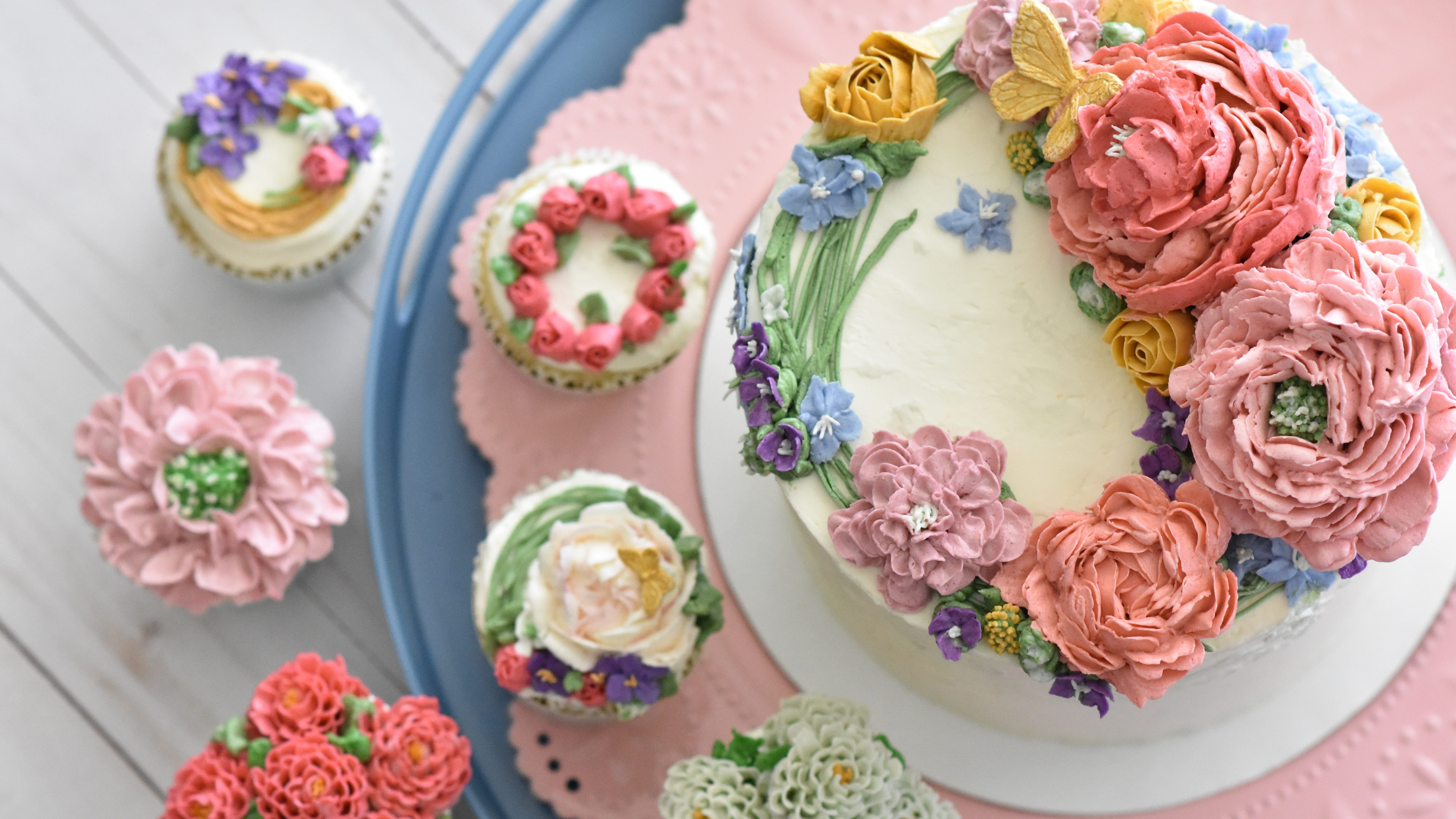
Part of our cake basics, we share another classic buttercream recipe: Italian meringue. Used both by professionals and home bakers, this creamy buttercream is made from butter, sugar and egg whites, and isn't too sweet.
A stable buttercream which is excellent for use as a filling in cakes, or as a covering for wedding cakes, celebration cakes, and great for piping too.
It's a silky-smooth buttercream like the most trusted SMBC, it is the preferred buttercream by most pastry chefs, cause it isn't too sweet and easy to work with. A great blank canvas for incorporating flavours, colours, can be used under sugarpaste and is one of the most stable buttercreams.
SMBC and Italian meringue buttercream do not contain any icing sugar; both are very different from American buttercream, which is widely used by everyone. The taste of these two is more buttery rather than sickly sweet. Italian meringue buttercream is commonly used in Europe. Still, now that most people want a lighter version, it's probably the most preferred to those who have tasted and know about it.
SMBC and IMBC do not crust, unlike American buttercream.
To stabilise IMBC, you can use cream of tartar. Salt to break up the egg whites, so they whip faster. Extracts can be used for flavouring. As IMBC does not use icing sugar, the sweetness comes from a sugar syrup.
When making buttercream, always use a stand mixer, it will help you and create less mess.
This is a technical buttercream; you will require a thermometer to check the temperature of the sugar syrup. It needs to reach 112˚C; you can also test it by rolling a ball between two fingers and should be able to squeeze it, to feel the texture. Be careful, as sugar is very hot and you do not want to burn yourself.
Ingredients:
- 125ml water
- 560g granulated sugar - reserve 55g
- 300g egg whites (from approximately 10 large egg whites)
- 908g unsalted butter - chopped and room temperature (not melting)
- 2 pinches of kosher salt
- Pinch of cream of tartar
- 2 tsp vanilla extract (can also use 1/2 a vanilla pod)
Method:
- Pour the water into a small saucepan, add the granulated sugar, reserving 55g of the sugar. Do not stir the water mixture. Clip-in your thermometer, or add your probe if using.
- Clean your standing mixing bowl with a bit of lemon juice and wipe with a clean kitchen towel. Place the egg whites in the bowl with the whisker attachment. Add a pinch of cream of tartar. Start the mixer on medium-low speed, whipping the egg whites.
- When the sugar syrup begins to boil, increase the speed of the mixer to medium-high. When the egg whites are at soft peaks, gradually add the reserved sugar. Continue beating to stiff peaks.
- When the sugar reaches 112˚C, remove from the heat. Remove the thermometer and gradually pour down the side of the standing mixer bowl. Make sure it doesn't catch the whisker attachment.
- When all the sugar syrup is added, turn off the mixer, and scrape down the sides of the bowl with a heat-proof spatula. Increase the speed to high and beat until the mixture has just about cooled. The bottom of the bowl shouldn't feel hot. It will take roughly 5-10 minutes.
- When the meringue has cooled, add in the butter, a cube at a time, or a tablespoon at a time, depending on the cube sizes. Run the mixer on medium speed.
- Once all the butter has been added, turn up the speed to high, beat the buttercream till everything is incorporated correctly and it's smooth.
- Add in the vanilla extract and two pinches of salt.
You can make this buttercream in batches and freeze it. Be sure to label the tub, with the date you made it and the time you are putting it in the freezer. Before you want to use it, remove from the freezer and place in the refrigerator overnight. Then whip it up in your standing mixer bowl the next morning. If you think the buttercream looks curdled, you can use a blow torch or a blow drier to heat the outside of the bowl. It will take lots of whipping to revive. Don't be in a rush; it requires patience; it will get there to the consistency as when you first made it.
